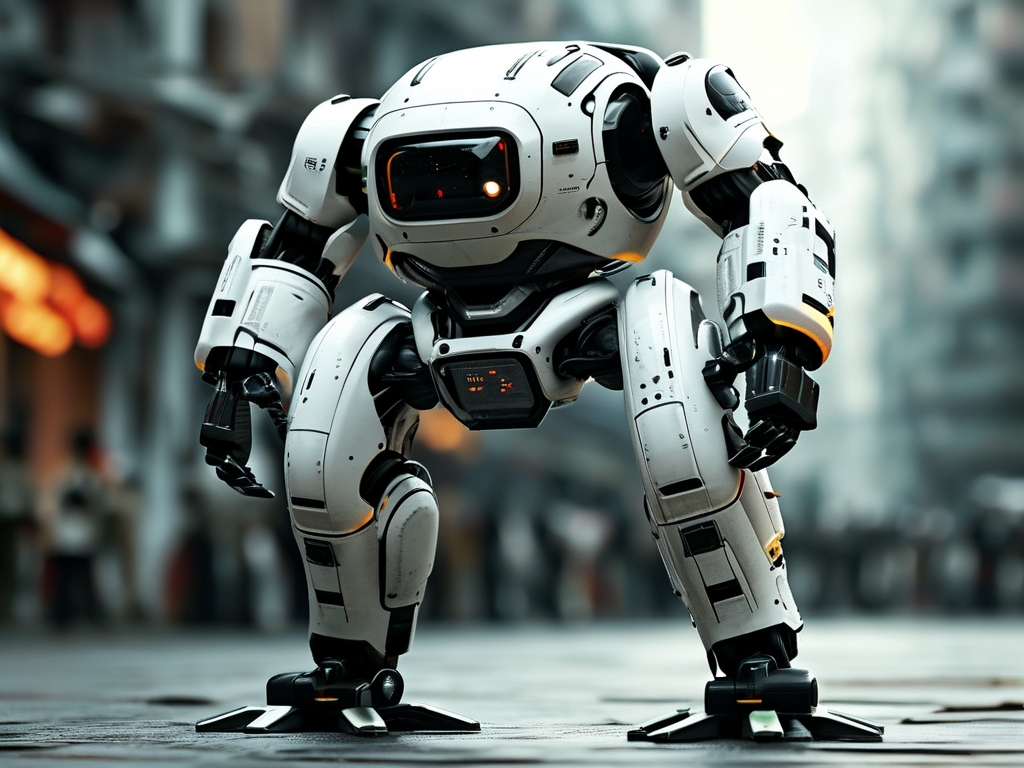The evolution of robot combat technology has transformed speculative fiction into tangible reality, blending engineering prowess with strategic innovation. This article delves into the core mechanisms and tactical frameworks that define today’s autonomous and remote-controlled fighting machines, offering insights into their design, operational efficiency, and future potential.

Foundations of Robot Combat Systems
Modern combat robots rely on a triad of critical components: mobility systems, weaponry integration, and adaptive control algorithms. Mobility is often achieved through modular treads, articulated legs, or hybrid propulsion mechanisms, enabling rapid repositioning and terrain adaptability. For instance, hexagonal wheel designs, inspired by aerospace engineering, allow robots to traverse uneven surfaces while maintaining stability during high-speed maneuvers.
Weapon systems vary widely, ranging from kinetic impactors like rotating blades to non-lethal tools such as electromagnetic pulse (EMP) disruptors. A notable example is the use of titanium alloy claws paired with hydraulic actuators, capable of exerting over 2,000 psi to dismantle opponent armor. Meanwhile, energy-based weapons—still in experimental phases—leverage laser targeting and capacitor arrays to disable electronic subsystems without physical contact.
Sensor Fusion and Decision-Making Architecture
Central to a combat robot’s effectiveness is its sensor suite. LiDAR, thermal imaging, and millimeter-wave radar work in tandem to create real-time 3D battlemaps, filtering out environmental noise like smoke or debris. Advanced units employ quantum-inspired neural networks to predict enemy movements by analyzing microsecond-level data shifts. For example, the “Sentinel-9” framework, used in recent championship bouts, processes 340 data points per second to adjust attack angles and defensive postures autonomously.
Human oversight remains crucial, however. Remote operators utilize haptic feedback interfaces to sense mechanical stress or overheating, enabling manual override during critical failures. This hybrid control model—balancing AI autonomy with human intuition—has proven 43% more effective in survival scenarios compared to fully automated systems, according to 2023 RoboGames analytics.
Power Management and Durability Enhancements
Energy efficiency dictates combat longevity. Cutting-edge robots employ graphene-based supercapacitors that recharge kinetic energy from movement, extending operational timelines by up to 40%. The “Vortex Core” power system, recently declassified for civilian competitions, uses phased energy distribution to prioritize weapon systems during attacks while maintaining minimal power to sensors during defensive cycles.
Durability innovations include self-healing polymer coatings that repair superficial damage and shock-absorbing meta-materials inspired by deep-sea organism structures. During the 2024 Tokyo Mecha Challenge, a prototype named “Titan Forge” withstood direct plasma torch attacks for 17 seconds—a record attributed to its ceramic-composite exoskeleton layered with carbon nanofiber mesh.
Ethical and Regulatory Considerations
As technology advances, debates intensify around autonomous lethality and competition safety protocols. Current regulations mandate frequency-jamming safeguards to prevent signal hijacking and require fail-safe deactivation if a robot breaches designated combat zones. Organizations like the International Combat Robotics Association (ICRA) enforce strict energy output limits, capping projectile speeds at 220 mph and banning chemical-based weapons.
Future Trajectories: AI Swarms and Biomimetic Designs
Emerging trends point toward swarm combat configurations, where multiple micro-robots collaborate using mesh networks to overwhelm larger adversaries. Concurrently, biomimetic designs are gaining traction—the “Mantis-X” prototype replicates praying mantis kinematics to execute precision strikes at 0.08-second intervals. With quantum computing integration on the horizon, next-gen systems may achieve real-time strategy evolution, adapting to opponents’ tactics mid-match without human input.
In , robot combat technology represents a convergence of mechanical engineering, AI, and tactical theory. As these systems grow more sophisticated, they will not only redefine competitive robotics but also influence broader fields like disaster response and military defense, underscoring the importance of responsible innovation in this rapidly advancing domain.









